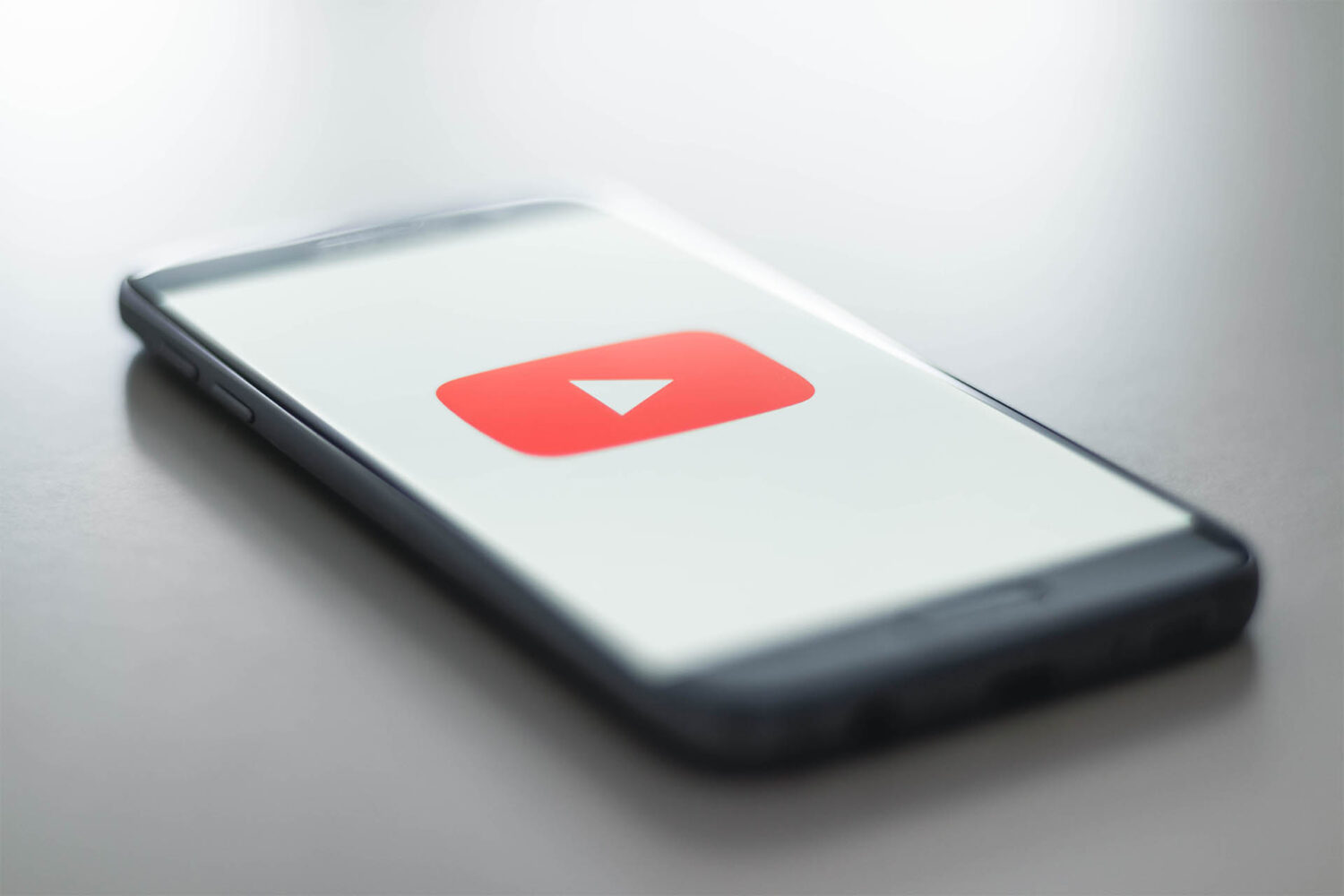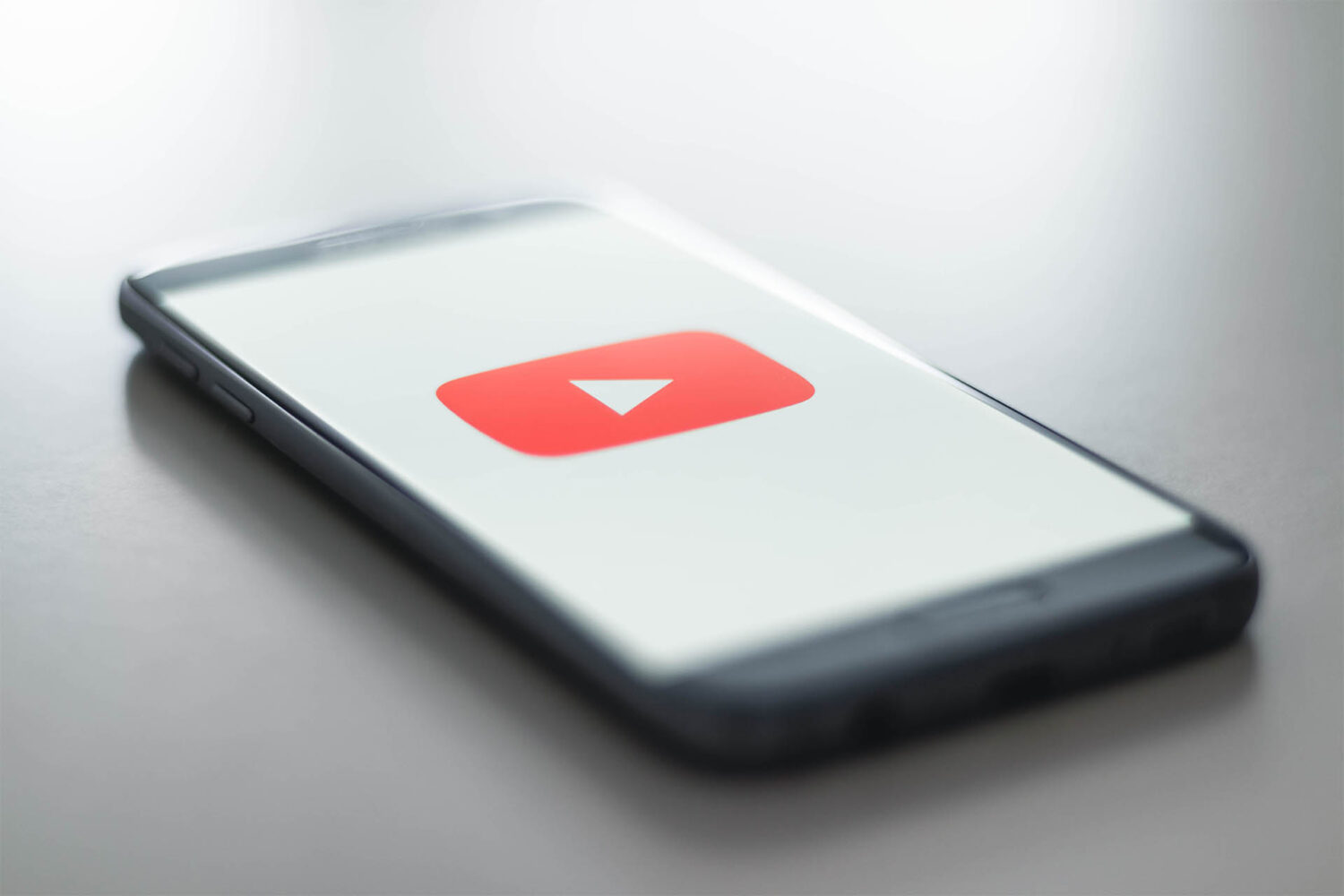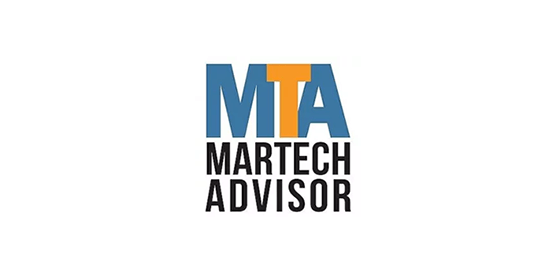Month: May 2019
Tell Me More: Display Ads
One of the most popular formats of advertising is on streaming services, including CTV and other forms of media.
Display Ads are one of the unique types of advertising brands can use on Youtube that can connect your brand with the right target audience.
WHAT ARE DISPLAY ADS?
A display ad is a 300×250 or 300×60 image or animated advertisement that appears to the right of the video player.
The ad will be placed right above YouTube’s recommended video sidebar feature, making it right in the viewer’s line of sight as they watch the video or when they are looking for the next video to watch.
Display ads are in prime YouTube real estate, as your ad will be seen without intruding upon the user’s viewing experience. You can also pair a display ad with your video ad to drive your brand’s message home and increase conversions.
WHAT ARE DISPLAY ADS USED FOR?
Display ads are useful for any brand looking to extend their reach on YouTube, but display ads are best for brands that are looking to achieve the following:
- Increase Website Visits: Display ads on YouTube are visible to all viewers. Take advantage of this space by linking to a target landing page. Make sure you write a strong, personalized call-to-action that will entice viewers to check out your brand.
- Boost Brand Awareness: Since your ad appears right next to the video player, it will be seen by all. Even if you don’t have a landing page to link to, your ad will still garner high impressions due to its placement on the page. If you’re looking to increase brand awareness, then display ads are perfect for your brand.
- Target Desktop Users: Display ads only display on desktop, so you’re out of luck if you’re trying to target mobile users. However, many users still watch YouTube on desktop devices, especially if they are engaging with long-form content.
WHAT ARE THE BENEFITS OF DISPLAY ADS ON YOUTUBE?
Display advertisements have some precise benefits and advantages for advertisers:
- Drive Conversions: A catchy call-to-action and eye-popping design is enough to attract the attention of YouTube desktop users as they engage with the video platform. Display ads are great for getting clicks to your website and driving website conversions.
- High Impressions: Display ads are placed right where viewers are looking, so impressions will be high. A strong targeting strategy will ensure your display ad is running on relative content watched by your target audience, hopefully turning impressions into actionable results like clicks and conversions.
- Pair Display Ads With Other Ad Types: Use display ads to complement your video ads. Your display ad will remain on the page after your video ad plays, reinforcing your message and your brand to viewers. You can even use the video ad as an introduction, and then pair it with a display ad to generate clicks to your website where users can learn more. There’s plenty of room for creativity with display ads!
HOW DO DISPLAY ADS WORK?
Launching a display ad campaign is simple! First, create an ad with the following requirements:
- Your display ad must be 300×250 in size (or 300×60 for YouTube Reserve companions)
- Your display ad must be in one of the following formats:
- PNG
- JPG
- GIF
- HTML5
- If you create an animated display ad, it must be no longer than 30 seconds long
And that’s it! Now that you have your display ad ready to go, you’re only a few clicks away from launching your campaign.
HOW DO I GET STARTED WITH DISPLAY ADS?
Display ads are powerful for driving clicks and getting eyes on your brand. However, you don’t want to waste impressions by running on content that is unrelated to your company.
Here at Channel Factory, we have over 8 years of YouTube advertising experience, with expertise in content targeting, brand suitability and high performance on brand KPIs. If you’d like to learn more about display ads, contact us today!
Brand Safety on YouTube: Q&A with Channel Factory
Tell Me More: YouTube Inclusion Listing
Tell Me More: YouTube Inclusion Listing
Our Tell Me More series is designed to break down ad formats and products into bitesize chunks. There’s a growing universe of strategies and tactics and it’s our goal to make that universe a little more comprehensible.
For this post, we’ll be taking a look at the industry standard for precision targeting and brand suitability – YouTube Inclusion Listing.
WHAT IS A YOUTUBE INCLUSION LISTING?
Inclusion Listing is a targeting and brand suitability feature that has surged in popularity in the last few years. An inclusion list is essentially a list of YouTube channels that you approve of your brand running ads on. The beauty of inclusion lists is that they are fully customized to your brand’s specific:
- Audience, tone and messaging
- Precise targeting strategy
- Brand suitability parameters
Custom inclusion listing gives you the added benefit of having complete control over specific channels and videos you want your ad to appear in front of. Instead of relying on a generic inclusion list curated to inefficiently cover all niches in your industry, you can take hold of the wheel and drive your video ads towards content that you know resonates with your audience.
WHO ARE YOUTUBE INCLUSION LISTINGS FOR?
Simply put, inclusion lists are for any brand that wants to:
- Increase brand suitability and target specific content: Inclusion Lists are great for brand suitability because your ad will only run on content and channels pre-approved by your brand. You have full control over where your ad is placed on the largest video platform in the world.
Creating a YouTube inclusion list is a great first step to combat risky content that could hurt your brand’s reputation. Since ads can run anywhere on YouTube’s user-generated content platform, an inclusion list will help your company take control of its brand image.
WHAT ARE THE BENEFITS OF YOUTUBE INCLUSION LISTINGS?
Inclusion lists offer many benefits for your YouTube campaign’s success:
- Brand Suitability: Your YouTube ad will run on inventory that has been vetted for brand suitability, ensuring brand-appropriate content and channels.
- Precision Targeting: Your audience is on YouTube and they’re watching very specific content. Custom inclusion lists cater to your brand and only your brand, targeting the precise audience that you want to target.
- Boost Campaign Performance: Inclusion lists can be used to boost performance by targeting your specific audience on YouTube. Run your ad in front of content that your audience is watching to increase engagement and campaign KPIs.
- Counteract Exclusion List Risks: YouTube’s UGC nature makes it difficult to efficiently exclude risky content since new channels and videos are created every day. If you’re looking to exclude your way to brand suitability, then you’ll always be playing catch up. With inclusion listing, you can easily approve your safe channels and sleep well at night knowing exactly where your ads are running.
HOW DO YOUTUBE INCLUSION LISTINGS WORK?
How does inclusion listing work? Easy! Create your custom inclusion list and your ads will only run on the videos and channels you’ve selected. Setup your list in three simple steps:
- Research: The first step is to research the YouTube channels and videos you want to target.
- Create a Targeting List: After you’ve done your research, create a list of channel and videos URLs that you’d like to include.
- Managed Placements: Create managed placements in Google Ads with the specific inclusion listed channels and videos of your choosing.
ANYTHING ELSE I NEED TO KNOW ABOUT YOUTUBE INCLUSION LISTINGS?
Yes! Inclusion lists must be properly built to have maximum impact towards performance and brand suitability. Here are just two features that help build a custom inclusion list:
- Verified creator data: Review a full analysis of verified creators including audio transcripts and brand suitabilty scores to create a inclusion list of brand-friendly creator channels. Our verified creator list reduces YouTube targeting scalability issue by inclusion listing vetted creators.
- Topic-level performance: Analyze videos and channels with custom curated inclusion lists of industry topics.
Luckily, Channel Factory’s proprietary (and award-winning!) ViewIQ technology gives you access to both features to build a dynamic inclusion list. Contact us today to learn more about our inclusion listing expertise.
Tell Me More: Bumper Ads
Tell Me More: Bumper Ads on YouTube
Our Tell Me More series is designed to break down ad formats and products into bitesize chunks. There’s a growing universe of YouTube ad bidding strategies and tactics and it’s our goal to make that universe a little more comprehensible.
Last time, we tackled Non-Skippable-Ads. Now up to bat: Bumper Ads.
WHAT IS IT?
Bumper ads have recently surged in popularity due to their success rate and overall efficiency. Bumper ads have three main differentiators that separate them from the rest of the pack:
Non-skippable video ads can run on th
- They are 6-seconds long (or shorter)
- Short-form ads are less intrusive and get your brand image across with quick, impactful messaging. The best of both worlds!
- They are non-skippable
- Viewers can’t skip your ad, driving high impressions and view rates. Your entire message is seen by all!
- They’re charged on a CPM, not a CPV, basis
- CPM (cost-per-thousand impressions) means you only pay every 1000 times your ad is seen, resulting in lower costs.
For the rest of this article we’ll be referring to the 15-20 second long non-skippable ads.
WHO IS IT FOR?
Everyone! Smart advertisers interested in lifting brand recall, driving high view rates and brand awareness.
- According to Google, 90% of bumper ad campaigns that were analyzed last year saw an increase in global ad recall by an average of 38%.
- 61% of bumper campaigns drove a significant lift in brand awareness, with an average uplift of 9%.
Although bumper ads perform well on all devices, brands looking to capitalize reach for mobile viewers should strongly consider running a bumper ad campaign. Bumper ads perform well for mobile viewers, as they are often watching videos on the go.
- YouTube reaches more 18-49 year-olds on mobile alone than any broadcast or cable TV network.
Non-skippable YouTube ads can benefit your brand by:
WHAT ARE THE BENEFITS?
Running a bumper ad campaign benefits your brand in multiple ways. Not only do you boost brand awareness and ad recall, but you also lower YouTube bumper ad costs and increase overall reach.
- Since the bumper ad bidding strategy is CPM, you only pay for every 1,000 impressions. Your cost with CPM bidding is lower than a more traditional CPV or CPC strategy.
- The shorter format makes bumpers an effective medium for greater reach and a more general, brand awareness message. The general message allows for a broader reach, which lets you run in front of many different consumer demographics within your audience.
- Bumper ads can be used for remarketing, driving an abridged version of your brand’s core message to YouTube users that have already seen your full-length ad.
Bumper ads alone drive high ad recall, but are significantly less effective than :30 ads for driving specific product consideration or consumer action. Pairing a :06 bumper with a :30 ad through remarketing, however, achieves brand perception success. Bumpers have many benefits by themselves, but consider using them with other long-form creatives to accomplish your campaign goals.
HOW DOES IT WORK?
Running a bumper ad is simple, but are you wondering how to create bumper ads? First, create a 6-second (or less) bumper video ad that quickly gets your brand message across and (if possible) tells a story. Your ad will engage audiences with quick, actionable messaging.
To achieve brand perception success, remarket your bumper with a full 30-second creative. Remarketing is a two-step process from the viewer’s perspective:
- They see your 30-second ad that tells a detailed story to emphasize your brand message.
- After seeing your 30-second ad, viewers will then be shown your 6-second bumper on following videos to increase brand awareness without the viewer feeling like their time is being wasted.
The decision on whether you should run a bumper ad by itself or pair it with a longer ad is dependent on your campaign goals. Either way, YouTube bumper ads are the most effective YouTube advertising strategy today.
ANYTHING ELSE I NEED TO KNOW?
Yes! Bumper ads drive meaningful impact when they’re equipped with advanced targeting tactics. Here at Channel Factory, we use our award-winning ViewIQ technology to contextually target your audience with custom segments, as well as create both channel and video-level inclusion listing.
Contact us today and drive meaningful results with your bumper ad.
YouTube Trends: VR & AR Advertising
If you’ve seen Ready Player One, then you’re probably anticipating the complete takeover of virtual and augmented reality technology.
Although we’re a long ways away from the 24/7 use of this technology, VR and AR media consumption is becoming a popular outlet. We’re here to break down the current state of VR and AR video advertising.
Rise of VR and AR
The user rate for both virtual and augmented reality will continue to grow over the next few years. Check out this stat from eMarketer and IAB:
There will be 36.9 million users of VR in 2018. That number is expected to increase 70 percent in two short years. AR will have 51.2 million users in 2018 with an expected increase of 32 percent by 2020.
eMarketer
As the user rate grows, more companies will explore their VR and AR advertising options. YouTube announced last month that they are bringing YouTube VR to Samsung Gear, making them the go-to video platform across multiple platforms. YouTube VR is already available on Daydream View, HTC Vive, and Playstation VR.
Current Challenges
Despite VR and AR growing as a lucrative advertising space, there are a few restraints caused by the current technology that advertisers must overcome.
- Cost of consumer entry: Today, the cheapest headset costs around $300. The cost of hardware will eventually decrease, but for now advertisers have to wait until the average consumer can get an affordable headset to reach the full potential of VR/AR advertising.
- Difficulty of measuring success: Right now there isn’t standardized reporting for VR/AR advertising success. Since VR/AR is a new way of consuming media, it will take the industry some time to establish key metrics.
Video Advertising Tests
Tests are currently being done to find the best way of utilizing video advertising for VR and AR devices.
- Video Cube: Google is testing a ‘video cube’ feature for their virtual reality apps. When you look at the cube for a few seconds, a video player opens and plays your ad.
- 360-degree VR ads: 5-10 second video ads are being tested during video content. These ads garner a viewability of 100%, since they take up the users’ entire surroundings.
Future of VR/AR Advertising
As the popularity of VR hardware and AR applications continues to rise, so will innovative ways to advertise with this technology. Here are a few ways advertising can embrace VR/AR based on current advertising possibilities: of utilizing video advertising for VR and AR devices.
- Location extensions: Today, ads for brick-and-mortar stores will show you the address of their closest location. Retail companies are already leveraging VR/AR technology for purchasing products and services by showing consumers what the finished result will look like. In the future, don’t be surprised if location extensions will direct you to the closest retail location when you’re trying on new clothes in a virtual dressing room.
- Headset targeting: Not sure if you want to buy a piece of furniture you’re looking at online? What if a 3D model presented itself to you the next time you put on your VR headset? Just like how cookies are currently used now to follow consumers along their purchase journey online, don’t be surprised if the future of VR/AR advertising includes tracking a customer’s journey in virtual reality.
The possibilities of advertising for virtual and augmented reality is endless, and pretty soon every advertiser will be thinking of new ways to reach this new audience.
Tell Me More: Custom Intent Audiences
Tell Me More: What is a Custom Intent Audience?
Our Tell Me More series are designed to break down ad formats and products into bitesize chunks. There’s a growing universe of strategies and tactics and it’s our goal to make that universe a little more comprehensible.
First out the gate, Custom Intent Audiences.
WHAT ARE CUSTOM INTENT AUDIENCES ON YOUTUBE?
Custom intent audiences in Google Ads is a feature that allows you to target specific users on YouTube based on their Google searches. Use custom intent audiences to target YouTube users that are actively researching products, services, and keywords related to your brand on Google Search.
Furthermore, you can easily create your custom intent audience by choosing from two different audience types:
- Custom built: Fully customize your targeted audience with keywords, phrases, and URLs that your specific audience is researching.
- Auto-created: Rely on Google’s advanced machine learning to curate an audience list based on analysis of your account and industry.
WHO IS IT FOR?
Customers are likely to do their due diligence by researching a product or service before making a final purchase. With 3.5 million searches conducted every day on Google, you better believe a sizeable chunk of those are research-related.
Generally speaking, custom intent audiences are for every brand looking to reach consumers on YouTube that are researching their particular industry. More specifically, custom intent audiences are for:
- Brands looking to extend their reach to YouTube viewers that have shown interest in their product.
- Brands that want to dynamically target their specific audience on YouTube’s vast platform of 1.9 billion monthly users.
- Brands that want to convert active researchers into paid customers.
- Brands that want to find new customers searching for a related brand or product.
WHAT ARE THE BENEFITS?
So custom intent audiences lets you target customers on YouTube that are researching your related keywords, right? But how does this help your brand in the long run?
- Higher Engagement: Consumers retain 95% of a brand’s message from video ads compared to 10% from text ads. Custom intent audiences drive your message home to a group of engaged consumers.
- Amplify reach: Expand your targeting parameters on YouTube from topics and interests to target consumers actively searching for your products, leading to higher engagement.
- New customers: Find new prospects with related purchase intents that may not have been exposed to your brand otherwise.
- Drive conversions: Convert active researchers into consumers by reaching them on YouTube at or near their point of purchase.
- Advanced machine learning: Want to reach your audience on Google Search, but not sure what specific keywords they are searching for? Leverage Google’s machine learning to infer prospect traits and automatically create your audience.
Creating a custom intent audience is beneficial to your brand because it garners results. According to Google Ads, an online investment company called Betterment used custom intent audiences for financial keywords. The results of custom intent audience best practices are:
- 6x increase for return on ad spend compared to previous YouTube campaigns.
- 245% increase in searches on Google.
HOW DOES IT WORK?
Activate custom intent audiences with a few clicks:
1. Go to the audiences section of your display campaign on Google Ads.
2. Select “Targeting”
3. Then choose “Intent”
After you click on “Intent”, you will see two options:
- Custom intent audiences: auto-created: Let Google use their machine learning to auto-create your custom intent audience list.
- Custom intent audiences: Use a list of keywords or URLs specific to the audience your brand’s campaign is targeting.
Once your custom intent audience is created, your video ad will start targeting YouTube users that are searching the audience’s keywords and URLs from your list.
ANYTHING ELSE I NEED TO KNOW?
Yes! Google has indicated intent audiences drive better results with TrueView For Action ads, which were developed specifically to meet direct response objectives.
With TrueView for Action ads, advertisers can customize calls to action that will appear along with their video ads on YouTube. On mobile, the ads appear below the video and persist even after the video ad ends or is skipped while the host video plays. Google tests have pointed to a conversion lift from both Google Search and YouTube as a result of this ad format combination.








